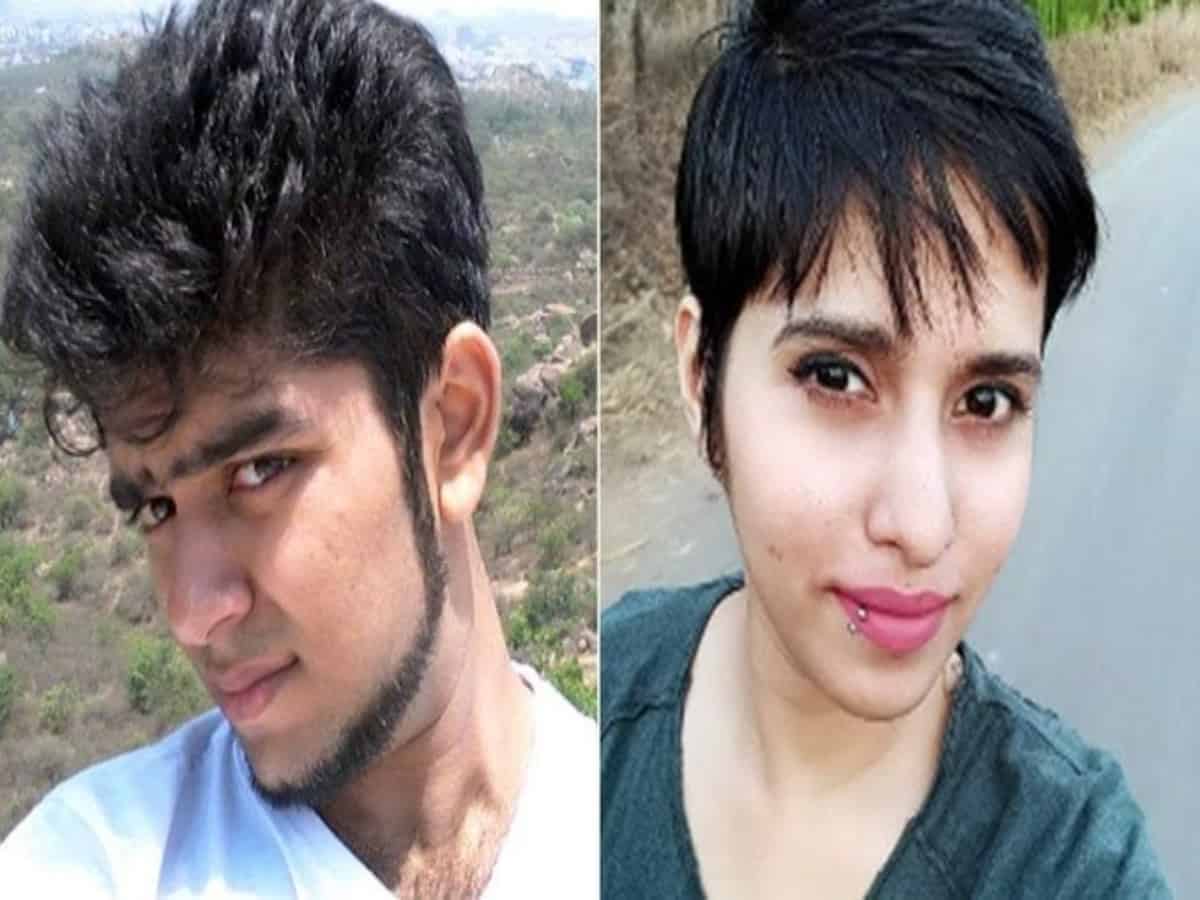
New Delhi: A week since the arrest of Aaftab Amin Poonawala, police have been scouring for evidence to nail him in court for the murder of Shradha Walkar but it remains a challenge as the crime was detected after nearly six months.
Circumstantial evidence and forensic examination hold the key in such cases, according to experts here.
Poonawala allegedly strangled his live-in partner Walkar, 27, and sawed her body into 35 pieces which he kept in a 300-litre fridge for almost three weeks at his house in Mehrauli before dumping them across the city over several days past midnight.
Noting that it is a six-month-old murder, former Delhi Police commissioner S N Shrivastava said the scene of crime has been cleaned up and police are basically depending on the confession of the accused, who seems to be a “clever” person.
“It is going to be a very difficult case and will require the help of all organs of the criminal justice system to nail him down. Police will get what it can, but the court will also have to understand the situation and act accordingly,” he told PTI.
The police have so far recovered 13 body parts, which are mostly skeletal remains, but the weapon used to chop her body is yet to be recovered, even as searches continue in the forest areas of Mehrauli and other parts of Delhi, and Gurugram.
Shrivastava said since Poonawala did a lot of research on how to kill, dispose body and destroy evidence, it is possible he had also researched on how to “fool” the police.
On November 17, a Delhi court granted permission to the police to conduct a nacro analysis test on Poonawala. The test will be conducted at Dr Baba Saheb Ambedkar Hospital here in Rohini, most likely on Monday as Poonawala’s five-day police custody ends the next day.
Officers are of the view that it even though it will not be admissible in court, the test could lead to some crucial evidence to firm up the case in court.
Another retired Delhi Police chief, who requested not to be named, said, “On the basis of the narco analysis test, if the police recovered something, it is relevant. Confession is not admissible, but it is an aid to the investigator.”
Stressing that circumstantial evidence will play a crucial role in establishing the guilt of the accused, a serving Delhi Police officer said since the accused and Shradha were in a live-in relationship, the case would be strengthened by forensic evidence and DNA samples of the recovered body parts.
“Even if the DNA of one of those parts matches with that of her kin, it will be enough to prove his guilt. The police are conducting searches and he is being taken along, so those things will also be used in court. The fact that he gave different versions to different people about Shraddha will also go against him,” the officer said.
Shrivastava said the case would be a test for the forensics department because a lot depends on it.
“The best-possible help of forensic science needs to be taken in this case, and if the accused gets off scot-free, that will be the failure of the criminal justice system of which the police, courts and forensics all are part of,” he said.
Another retired officer, who was involved in infamous Tandoor murder case investigation, said it was going to be difficult for the police to prove guilt.
“It is only his version the police are going by. Despite the meticulous cleaning he might have done in the crime scene, there are chances that dried blood might be found from the rubber lining of the fridge which could nail his guilt. Even though the narco analysis test is not admissible in court, the findings will help the police gather evidence,” he said, concurring with the other officers.
Recalling the Tandoor case, the retired officer said the accused had murdered Naina Sahni in a fit of rage and then got flustered. The murderer cleaned the crime scene, wrapped the body in a bedsheet and tried to dump it in the Yamuna but could not, following which he tried to burn the body in a tandoor, he said.
But this case seems to be a well-planned murder, he added.
“The way he bought the fridge and a weapon to chop the body shows the level of meticulous planning he did. Since the crime happened nearly six months ago, CCTV footage of his movements will be difficult to find as such footage is usually stored for a month and there is no backup,” the retired officer said.
On challenges in filing a charge sheet in the case, Shrivastava said investigation is all about finding the truth. Primary evidence in the form of eye witness accounts, details of murder weapons, clothes, and injuries caused by the murder weapon are one part of evidence.
There are other circumstantial evidence on where Walkar was staying, when she was last seen and in whose company, he said.
Police have also recorded the statements of two men, whom Walkar had approached for assistance after facing assault by the accused in 2020. Clothes and a sharp object police found at the Mehrauli residence of accused Poonawala will be sent for forensic examination.
However, investigators are yet to find the clothes the two were wearing on May 18, the day the crime was executed. They have recovered a CCTV footage in which a man, suspected to be Poonawala, is seen walking with a bag early morning last month.
The Delhi Police had on Friday sent teams to Maharashtra, Haryana and Himachal Pradesh to hunt for evidence in the case.
According to officials, after leaving Mumbai, Walkar and Poonawala had travelled to several locations, including Himachal Pradesh, and police are visiting these places to ascertain whether any development during those trips triggered Poonawala to kill his partner.



